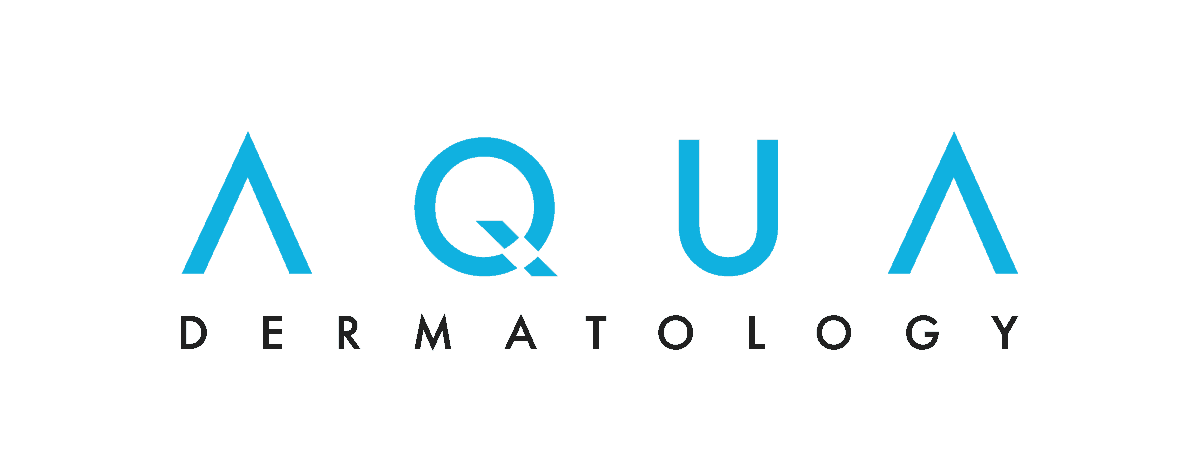Eyelid Lift
Call (877) 900-3223
Eyelid Lift
“Blephar” is the Greek word for eyelid. Blepharoplasty is a surgical procedure to improve the appearance of the eyelids. Surgery can be performed on either the upper and lower lids, or both and is oftentimes, performed in combination with a face and brow lift.
What Can Eyelid Surgery Treat?
- Loose or sagging skin that creates folds or disturbs the natural contour of the upper eyelid, sometimes impairing vision
- Excess fatty deposits that appear as puffiness in the eyelids
- Bags under the eyes
- Drooping lower eyelids that reveal white below the iris
- Excess skin and fine wrinkles of the lower eyelid
- Eyelid surgery can’t eliminate dark circles under the eyes, lift sagging eyebrows, or remove crow’s feet or other wrinkles.
Candidates for Eyelid Surgery
Men and women who are physically healthy and are looking to improve and rejuvenate tired, aged or drooping appearance or are experiencing functional problems to the eyelids. The majority of patients are age 35 and older, though surgery can be performed at earlier ages, particularly in patients with droopy, baggy eyelids that are hereditary.
In general, good candidates for eyelid surgery include:
- Healthy individuals who do not have a life-threatening illness or medical conditions that can impair healing
- Non-smokers
- Individuals with a positive outlook and specific goals in mind for eyelid surgery
- Individuals without serious eye conditions
The appearance of a drooping upper lid may also be due to relaxation of the forehead skin and eyebrow. Sometimes a drooping eyelid is caused by stretching of one of the upper eyelid muscles, the levator. Your Water’s Edge Dermatology plastic surgeon will evaluate your anatomy thoroughly to determine the causes of your eyelid appearance, and what procedures might best remedy them.
Please ask our plastic surgeon any questions you may have. It’s very important to understand all aspects of your eyelid surgery. It’s natural to feel some anxiety, whether it’s excitement for your anticipated new look or a bit of preoperative
stress. Don’t be shy about discussing these feelings with our plastic surgeon.
Recovery After Eyelid Lift
During your eyelid surgery recovery, lubricating ointment and cold compresses may be applied, and in some cases your eyes may be loosely covered with gauze, after your procedure is completed. You will be given specific instructions that may include how to care for your eyes, medications to apply or take orally to aid healing and reduce the potential for infection, specific concerns to look for at the surgical site or in your overall health, and when to follow-up with your plastic surgeon.
Initial healing may include some swelling, bruising, irritation or dry eyes, and discomfort that can be controlled with medication, cold compresses, and ointment. Irritation at the incision sites is also possible. You must practice diligent sun protection and use darkly tinted sunglasses until the healing process is fully complete.
As swelling and bruising subside, the results of eyelid surgery will reveal a smooth, better-defined eyelid and surrounding region and an alert and rejuvenated appearance. Following your physician’s instructions is essential to the success of your surgery. It is important that the surgical incisions are not subjected to excessive force, abrasion, or motion during the time of healing. Your Water’s Edge team will give you specific instructions on how to care for yourself.
The results of your eyelid surgery will be long-lasting. Your final results will appear within several weeks, but it may take up to a year for incision lines to fully refine. While eyelid surgery can be expected to correct certain conditions permanently, you will continue to age naturally. Life-long sun protection will help to maintain your results.
Eyelid Surgery Risks & Safety Information
The decision to have surgery is personal, and you’ll have to decide if it will achieve your goals, and if the potential risks of eyelid surgery are acceptable. Be sure you understand the surgery and recuperation completely, and don’t hesitate to ask our plastic surgeon any questions you may have.
Eyelid surgery risks include:
- Anesthesia risks
- Swelling and bruising
- Bleeding from the incision lines
- Dryness to the eyes
- Sensitivity to sun or other bright light
- Difficulty closing your eyes
- Ectropion, an outward rolling of the eyelid
- Infection
- Lid lag, a pulling down of the lower eyelid may occur and is often temporary
- Temporary or even permanent change in vision, and very rare chance of blindness
- Changes in skin sensation
- Pain, which may persist
- Poor wound healing
- Possible need for revision surgery
- Unfavorable scarring
These risks and others will be fully discussed prior to your consent. It is important that you address all your questions directly with our plastic surgeon. Patients with certain conditions such as thyroid problems, diabetes, cardiovascular disease and glaucoma may be at an increased risk for complications. A consultation with our plastic surgeon will help to determine if eyelid surgery is right for you.
You can trust the surgical expertise of our plastic surgeon at Water’s Edge Dermatology when you’re ready!





